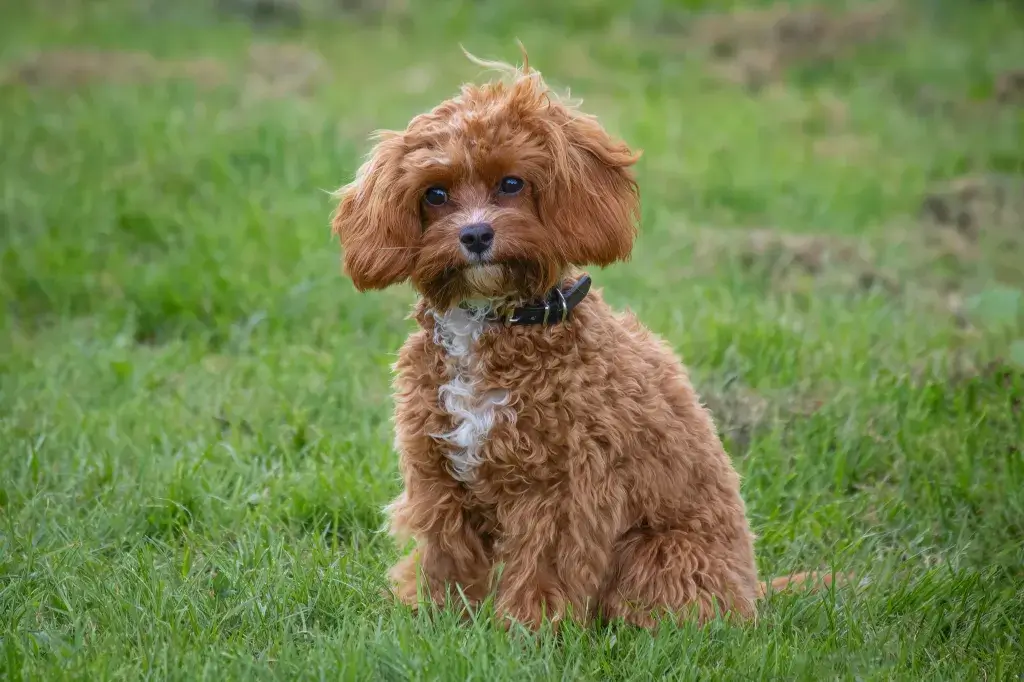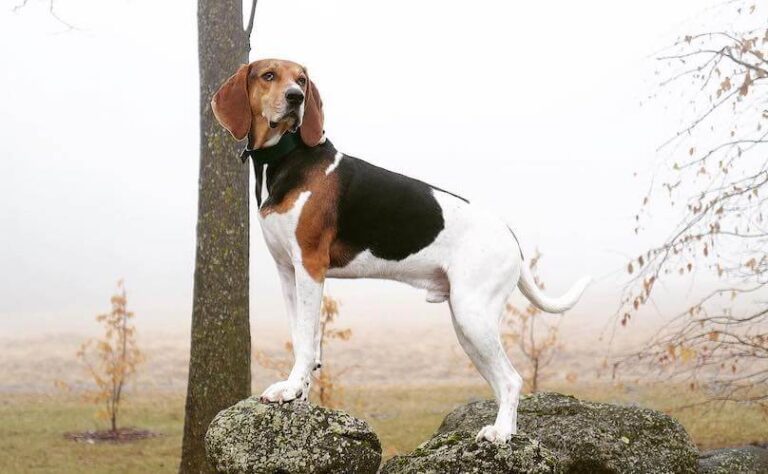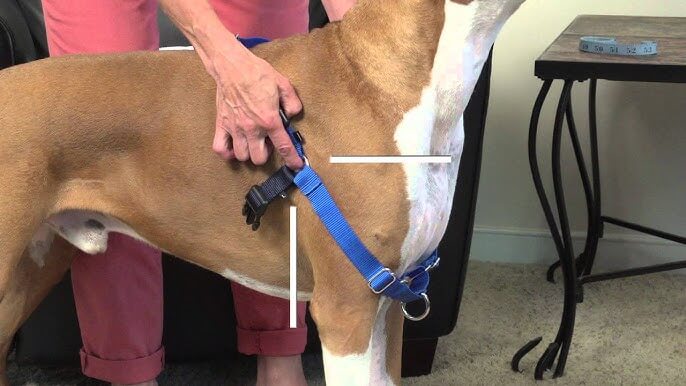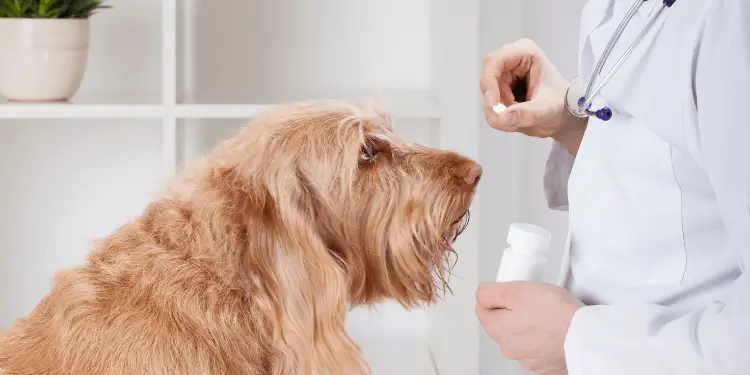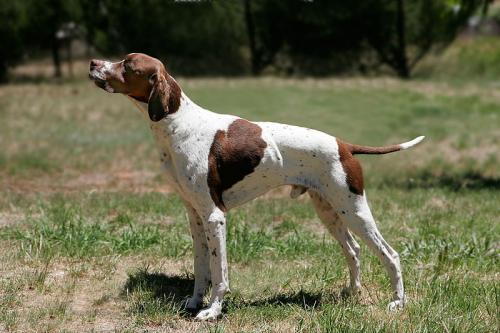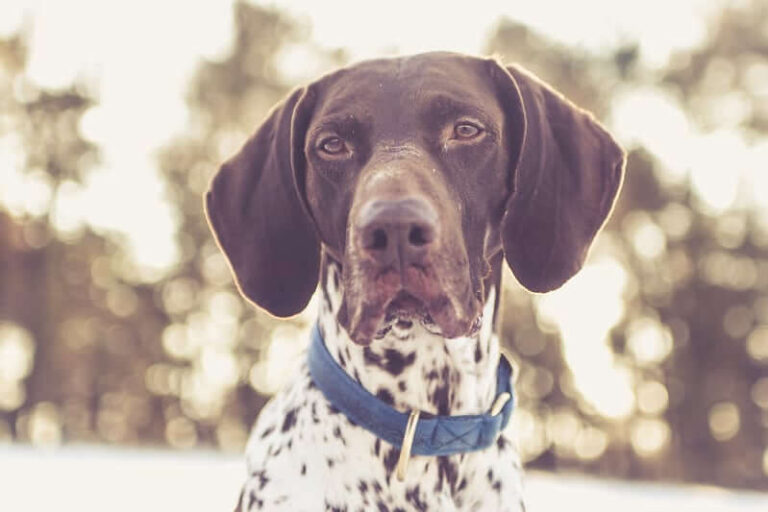Cavapoo Dog Breed: The Ultimate Guide to This Adorable Designer Dog
The Cavapoo, a charming crossbreed between a Cavalier King Charles Spaniel and a Poodle, has captured the hearts of dog lovers worldwide. Known for their affectionate nature and adorable appearance, Cavapoos have become increasingly popular as family pets. This comprehensive guide will explore everything you need to know about this delightful breed, from their origins to their care requirements.
Contents
What is a Cavapoo?

Origin and History
The Cavapoo, also known as Cavoodle in some regions, is a relatively new designer breed that emerged in the late 1990s. Breeders aimed to combine the gentle temperament of the Cavalier King Charles Spaniel with the intelligence and low-shedding coat of the Poodle. This intentional crossbreeding resulted in a dog that inherited some of the best traits from both parent breeds.
Breed Characteristics
Cavapoos are known for their friendly demeanor, adaptability, and playful nature. They typically inherit the Cavalier’s sweet disposition and the Poodle’s quick wit, making them excellent companions for various households. These dogs are generally small to medium-sized, with a soft, often wavy coat that can come in various colors.
Physical Characteristics
Average Size of a Cavapoo
Cavapoos come in different sizes, primarily depending on the size of the Poodle parent (Toy or Miniature). On average, adult Cavapoos stand between 9 to 14 inches tall at the shoulder.
Full-Grown Cavapoo Size
A full-grown Cavapoo typically weighs between 12 to 25 pounds. However, some may be smaller or larger depending on their genetic makeup and individual growth patterns.
Coat Types and Colors

Cavapoos can inherit various coat types, ranging from wavy to curly. Their coats are usually soft and fluffy, contributing to their teddy bear-like appearance. Common colors include:
- Solid colors: White, black, red, apricot, chocolate
- Bi-colors: Combinations like black and white, brown and white
- Tri-colors: Patterns involving three colors, often including white, black, and tan
Do Cavapoos Have Hair or Fur?
Technically, Cavapoos have hair rather than fur. This distinction is important because hair grows continuously and sheds less than fur, contributing to its reputation as a more hypoallergenic breed. However, it’s crucial to note that no dog is completely hypoallergenic, and individual reactions may vary.
Appearance
What Does a Full-Grown Cavapoo Look Like?
A full-grown Cavapoo often resembles a living teddy bear. They typically have a rounded head, floppy ears, and expressive eyes that give them an endearing, puppy-like appearance even into adulthood. Their body is generally well-proportioned, with a sturdy build despite their small to medium size.
Temperament and Personality
Are Cavapoos Aggressive?
Cavapoos are renowned for their gentle and friendly nature. Aggression is not a typical trait in this breed. They’re known for their friendly and affectionate temperament. However, like all dogs, proper socialization and training from an early age are crucial to ensure they grow into well-behaved adults.
Are Cavapoos Calm or Hyper?
Cavapoos often strike a balance between calm and energetic. While they can have bursts of playful energy, especially as puppies, they’re generally not considered hyperactive dogs. Many Cavapoos adapt well to their owner’s lifestyle, enjoying active play sessions and quiet cuddle time.
Their energy levels can vary based on individual personality and the traits inherited from their parent breeds. Some may lean more towards the laid-back nature of the Cavalier, while others might display the Poodle’s more spirited temperament.
Cavapoos as Family Dogs
Cavapoos excel as family pets due to their loving nature and adaptability. They typically get along well with children and other pets, making them an excellent choice for multi-pet households. Their manageable size and generally patient demeanor make them suitable for families of all sizes, from single individuals to large households.
These dogs thrive on human companionship and are known to form strong bonds with their families. They’re often described as “velcro dogs” because they tend to stay close to their human companions.
Care and Maintenance
Grooming Needs
Cavapoos require regular grooming to maintain their coat and overall health. Their grooming needs can vary depending on the type of coat they inherit:
- Brushing: Daily to weekly brushing is recommended to prevent matting and tangling. Use a slicker brush or metal comb to work through their coat gently.
- Bathing: Bathe your Cavapoo every 4-6 weeks or as needed. Use a gentle, dog-specific shampoo to avoid skin irritation.
- Professional grooming: Many Cavapoo owners opt for professional grooming every 6-8 weeks to maintain their dog’s coat and keep it at a manageable length.
- Nail trimming: Regular nail trims (every 2-4 weeks) are essential to prevent overgrowth and discomfort.
- Dental care: Daily tooth brushing is ideal, but at minimum, aim for 2-3 times a week to maintain good oral hygiene.
Exercise Requirements
While Cavapoos are adaptable to various lifestyles, they still require regular exercise to stay healthy and happy. Aim for:
- Daily walks: 30-60 minutes, split into two sessions if possible.
- Playtime: Interactive games like fetch or tug-of-war
- Mental stimulation: Puzzle toys and training sessions to keep their minds engaged
Remember, a well-exercised Cavapoo is likelier to be calm and well-behaved at home.
Training Tips
Cavapoos are intelligent dogs that usually respond well to positive reinforcement training methods. Here are some tips:
- Start early: Begin training and socialization when you bring your Cavapoo home.
- Use positive reinforcement: Reward good behavior with treats, praise, and affection.
- Keep sessions short: Aim for multiple short training sessions throughout the day rather than one long session.
- Be consistent: Ensure all family members use the same commands and rules to avoid confusion.
- Socialize extensively: Expose your Cavapoo to various people, animals, and environments to build confidence.
- Address separation anxiety: Many Cavapoos can develop separation anxiety, so gradually accustom them to being alone.
Health and Lifespan
Common Health Issues
While Cavapoos are generally healthy dogs, they can be prone to certain health issues inherited from their parent breeds:
- Heart problems: Mitral valve disease is common in Cavaliers and can affect Cavapoos.
- Eye issues: Conditions like progressive retinal atrophy or cataracts may occur.
- Patellar luxation: This knee problem is seen in many small breeds.
- Hip dysplasia: More common in larger Cavapoos or those with poor breeding.
- Ear infections: Their floppy ears can trap moisture, leading to infections.
- Syringomyelia: A serious neurological condition sometimes seen in Cavalier-derived breeds.
Regular vet check-ups and a healthy lifestyle can help prevent or manage many of these issues.
Average Lifespan
Cavapoos typically enjoy a lifespan of 12 to 15 years. With proper care, nutrition, and regular veterinary attention, many Cavapoos live well into their teens.
Preventative Care
To ensure your Cavapoo lives a long, healthy life:
- Schedule regular vet check-ups
- Keep vaccinations and parasite prevention up to date
- Maintain a healthy diet and weight
- Provide regular exercise and mental stimulation
- Practice good dental hygiene
- Monitor for any changes in behavior or health
Cavapoo Varieties
Different Sizes of Cavapoos
Cavapoos come in various sizes, primarily influenced by the Poodle parent:
- Toy Cavapoo: Results from breeding with a Toy Poodle, typically weighing 7-13 pounds.
- Mini Cavapoo: Offspring of a Miniature Poodle parent, usually weighing 13-25 pounds.
- Standard Cavapoo: Less common, resulting from a Standard Poodle parent, can weigh 25-35 pounds or more.
First-Generation vs. Multi-Generation Cavapoos
- F1 Cavapoo: First-generation cross between a purebred Cavalier and Poodle. These dogs often exhibit a mix of traits from both breeds.
- F1b Cavapoo: Result of breeding an F1 Cavapoo back to a Poodle. Often more hypoallergenic and may have a curlier coat.
- F2 and beyond Subsequent generations from breeding Cavapoos to Cavapoos. Traits become more predictable with each generation.
Pros and Cons of Owning a Cavapoo
Benefits of Cavapoos as Pets
- Affectionate and friendly nature
- Adaptable to various living situations
- Generally good with children and other pets
- Often low-shedding and more allergy-friendly
- Intelligent and trainable
- Compact size suitable for apartments and houses alike
Potential Challenges and Problems
- Can be prone to separation anxiety
- Regular grooming is required to maintain coat
- May inherit health issues from parent breeds
- It can be more expensive than some purebred dogs
- Energetic puppies may be too boisterous for very young children
- Potential for barking if not properly trained
Finding and Choosing a Cavapoo
Adoption vs. Buying from a Breeder
Consider adopting a Cavapoo from a rescue organization or shelter. Many mixed breeds, including Cavapoos, are in shelters and need loving homes.
If choosing a breeder:
- Research reputable breeders thoroughly
- Ask for health clearances for both parent breeds
- Visit the breeder’s facility if possible
- Ask about the puppy’s socialization and early care
What to Look for in a Healthy Cavapoo Puppy
When selecting a Cavapoo puppy, observe:
- Clear, bright eyes without discharge
- Clean ears without odor
- Healthy coat without bald patches
- Proper weight and activity level
- Sociable and curious temperament
- No signs of breathing difficulties or lameness
FAQs About Cavapoos
Are Cavapoos Good Family Dogs?
Yes, Cavapoos are excellent family dogs. Their friendly nature, adaptability, and affectionate personality make them well-suited for families of all sizes. They typically get along well with children and other pets when properly socialized.
How Big Does a Cavapoo Get?
Cavapoos usually reach a height of 9 to 14 inches at the shoulder and weigh between 12 to 25 pounds when fully grown. However, size can vary depending on the Poodle’s parent’s size and individual genetics.
Are Cavapoos Hypoallergenic?
While no dog is truly 100% hypoallergenic, Cavapoos are often considered a good choice for allergy sufferers. Their Poodle heritage often results in a low-shedding coat, which can reduce allergens in the home. However, individual reactions may vary, and it’s best to spend time with a Cavapoo before bringing one home if allergies are a concern.
Conclusion: Is a Cavapoo Right for You?
Cavapoos are charming, affectionate, and adaptable dogs that can bring joy to a wide range of households. Their friendly nature, intelligence, and generally low-shedding coat make them popular for first-time dog owners and experienced pet parents.
However, potential owners should consider the time and effort required for grooming, exercise, and training. Cavapoos thrive on human companionship and may not be suitable for those who spend long hours away from home.
If you’re looking for a loving, adaptable companion that fits well into various lifestyles, a Cavapoo might be the perfect addition to your family. Remember to consider adoption first, and if purchasing from a breeder, ensure they follow ethical breeding practices.
Ultimately, bringing a Cavapoo into your life can be a rewarding experience filled with love, laughter, and furry cuddles for years to come.
- Golden Retriever Pros and Cons: What Every Pet Parent Should Know - 15 September 2025
- Cane Corso Dog Breed: Health, Care, and Lifespan - 14 September 2025
- Catahoula Leopard Dogs: Description, Temperament, Lifespan, & Facts - 21 July 2025

